Talk Overview
Small RNAs (~20-30 nucleotides in length) are found in many eukaryotes and act to guard against unwanted RNA such as viruses, transposons and mRNAs. One family of small RNAs called microRNAs regulates protein-coding mRNAs by binding to the 3’UTR and repressing translation or inducing mRNA decay. microRNAs play a key role in animal development and diseases such as cancer. In her first talk, Dr. Narry Kim gives a step-by-step description of the microRNA biogenesis pathway and the points at which the pathway can be regulated.
In her second talk, Kim focuses on the regulation of microRNA function. A small percentage of microRNAs are modified with untemplated nucleotides, usually A or U, added to their 3’ end or “tail”. “Tailing” can modify the microRNA function and in some cases it can act as a molecular switch resulting in developmental and pathological transitions. Kim’s lab was interested in knowing if tailing occurs on other RNAs such as mRNA. They developed a novel method to sequence the 3’ tail region of mRNA allowing them to measure polyA tail length and detect 3’ terminal modifications. Interestingly, they found widespread uridylation of mRNAs and showed that 3’ polyU modification serves to mark mRNA for decay.
Speaker Bio
V Narry Kim

Narry Kim is Director of the Institute for Basic Science and a Professor at Seoul National University. Her lab studies RNA-mediated gene regulation using stem cells, early embryos, and neuronal cells as model systems. Kim received her BA and MS degrees in microbiology from Seoul National University and her DPhil in biochemistry from Oxford University…. Continue Reading
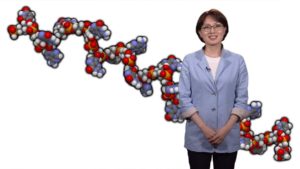
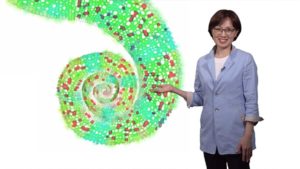
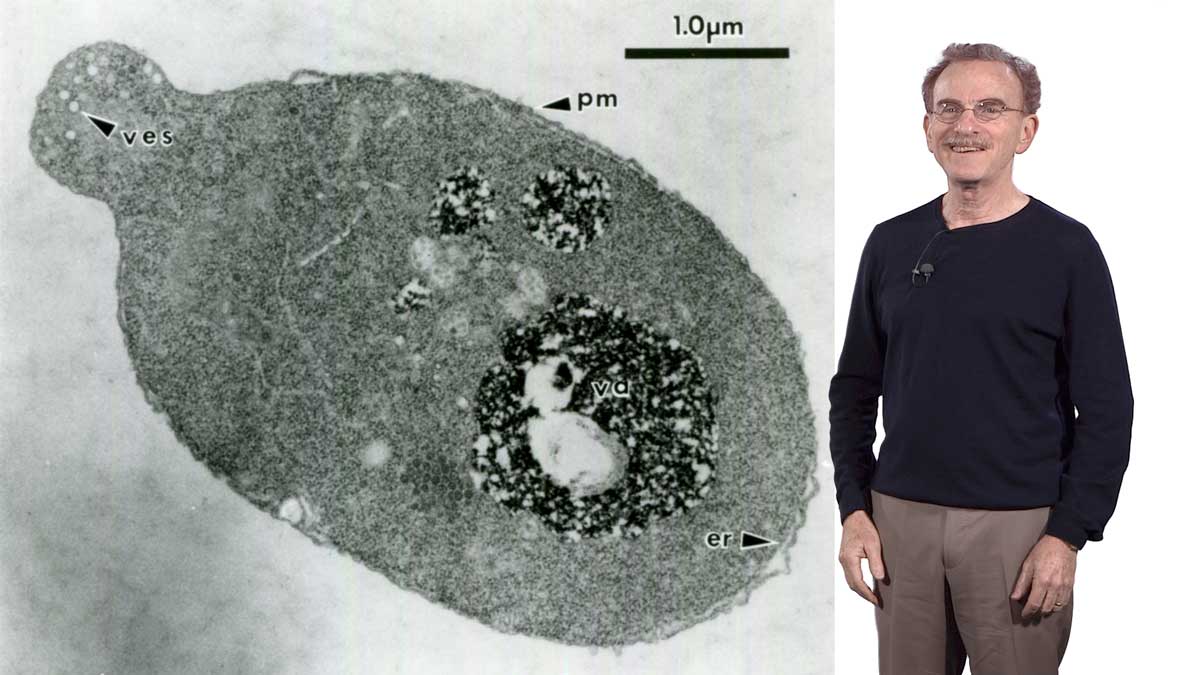
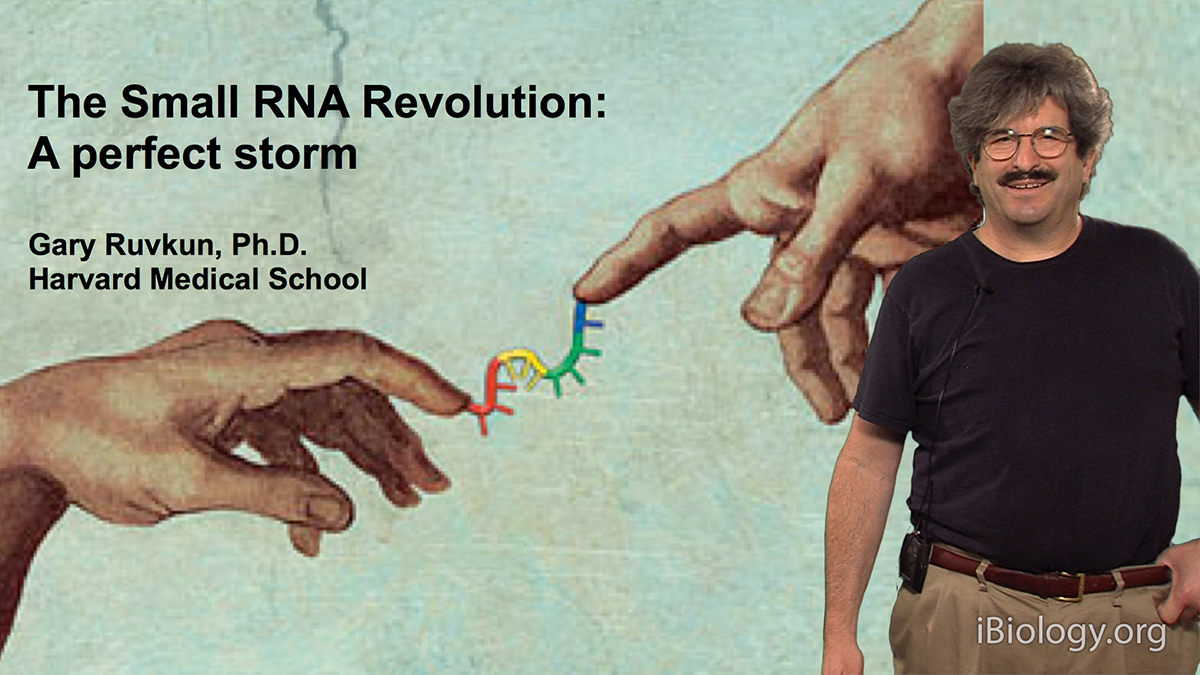
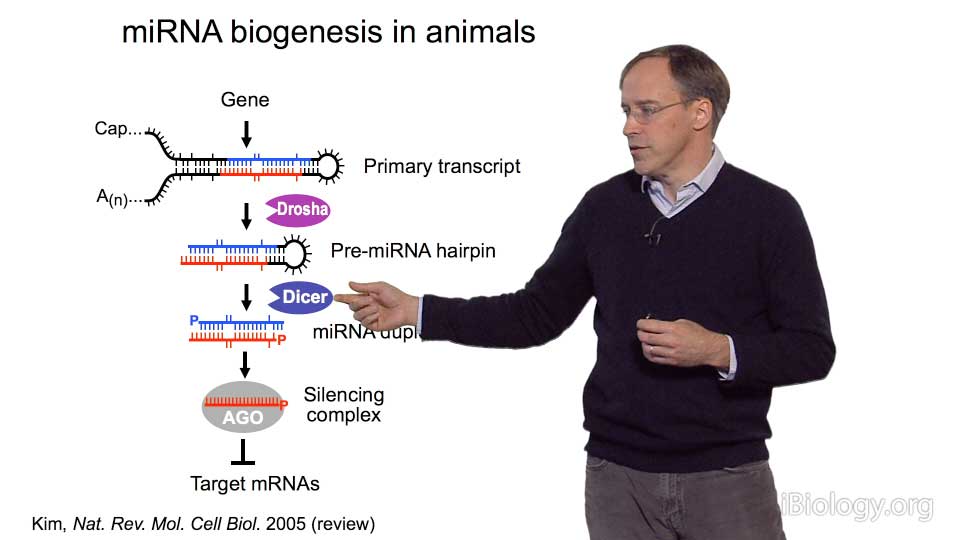






Asif Khan says
Thank you some much ibiology for such a wonderful collections of Lecture Series.